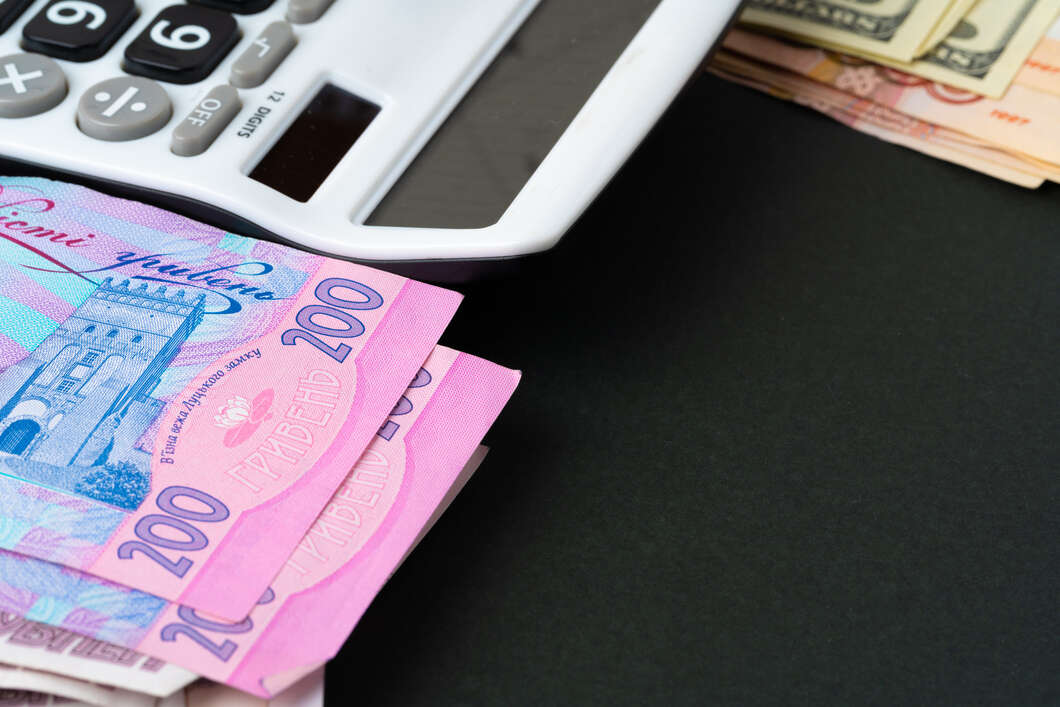Simplifying Life Insurance in India
What Is Hyperinflation: Meaning Causes and Effects

What Does Hyperinflation Mean?

Hyperinflation is a severe and rapid increase in an economy's overall price level of goods and services. A decline in purchasing power of money and loss of confidence in currency characterises it.
This kind of inflation occurs when there is a significant increase in the money supply but not enough corresponding growth in the economy’s production. In turn, this results in too much money for too few goods, leading to a rapid increase in prices.
Hyperinflation is a severe problem that can be devastating on an economy and society. Governments should take necessary steps to prevent and address hyperinflation to promote economic stability and prosperity.
What Happens in Hyperinflation and How to Deal With It?

Hyperinflation occurs when a corresponding increase in economic activity does not support an excessive rise in the money supply. It leads to a loss of confidence in the currency and can result in hyper-devaluation.
To deal with hyperinflation, governments and central banks can take several steps, including:
- Implementing fiscal and monetary policies to reduce inflationary pressures
- Reducing government spending and increasing taxes
- Implementing price controls
- Adopting a stable foreign currency as a means of exchange
- Implementing structural economic reforms
- Building foreign exchange reserves
What Are the Causes of Hyperinflation?

1. Excessive Money Printing
Monetary expansion occurs when the government or central bank increases the money supply without a corresponding increase in economic activity. This can lead to an oversupply of money, which can drive up prices and cause hyperinflation.2. High Levels of Public Debt
When a government cannot service its debt, it may resort to printing money to pay off its debts. This can lead to an oversupply of money and drive up prices.3. Political Instability or War
In times of war, governments may resort to printing money to fund military operations, which can lead to an oversupply of money and drive up prices. Political instability can also disrupt economic activity and lead to hyperinflation.4. Lack of Foreign Exchange Reserves
When a country does not have enough foreign currency to pay for imports, it may implement printing money to purchase foreign currency. This can lead to an oversupply of money and drive up prices.5. Structural Imbalances in the Economy
Structural economic imbalances, such as a lack of productive capacity or competition, can also contribute to hyperinflation. These imbalances can lead to price increases and inflationary pressures.6. Lack of Trust in the Government or Financial Institutions
If people lose confidence in their government or financial institutions, they may withdraw or convert their savings into foreign currency. This can lead to a shortage of money and a decrease in economic activity, which can drive up prices and cause hyperinflation.What Are the Effects of Hyperinflation?

Hyperinflation can have wide-reaching and long-lasting effects on an economy and society. Businesses need help to keep up with rapidly rising costs, consumers cut back on spending, and governments find it more challenging to borrow money.
Here are 5 adverse effects of hyperinflation on an economy and society:
1. Reduces Purchasing Power of Consumers
Hyperinflation causes prices to rise rapidly and unpredictably, making it difficult for consumers to plan and budget. As prices rise, the purchasing power of consumers decreases, which means that consumers have less money to buy goods and services.2. Decreases the Value of Savings and Investment
With rising prices, the value of savings decreases, which can discourage people from saving. Hyperinflation also makes it difficult for businesses to plan and invest, leading to a decline in production and employment.3. Foreign Investment and Trade Lowers
The value of a country’s currency decreases as prices rise. This can make it more expensive for foreigners to buy goods and services from the country, which leads to a decrease in foreign investment and trade. As a result, there is a decrease in production and employment.4. Poverty and Inequality Rises
With rising prices, the cost of living increases, making it difficult for low-income people to afford basic necessities. Hyperinflation can also lead to a decrease in production and employment, leading to a rise in poverty and inequality.5. Social and Political Unrest Increases
As prices rise, people may feel angry and frustrated, leading to protests and civil unrest. Hyperinflation also leads to a loss of confidence in the government and financial institutions, which can further contribute to social and political unrest.What Are Some Real Examples of Hyperinflation?

1. Germany
Germany in 1923 is one of the most infamous examples of hyperinflation in history. It was caused by the government printing money to pay for reparations from World War I, leading to a monthly inflation rate of 32,000%.
The German Reichsmark became nearly worthless. A new currency, the Rentenmark, and strict fiscal and monetary policies eventually controlled hyperinflation.
2. Zimbabwe
Zimbabwe’s hyperinflation between 2000 and 2008 was caused by a combination of factors, including structural imbalances in the economy, political instability, and excessive money printing.
The Zimbabwean dollar became nearly worthless. The hyperinflation was eventually controlled by adopting a multi-currency system and implementing economic reforms.
3. Greece
Greece’s hyperinflation of 1944-1946 was caused by the government printing money to pay for war expenses and reconstruction. The inflation rate peaked at an annual rate of 50%.
The Greek Drachma became nearly worthless. A new currency, the drachma, and strict fiscal and monetary policies eventually controlled hyperinflation.
4. Nicaragua
Nicaragua’s hyperinflation of 1988-1990 was caused by a combination of factors, including political instability, government spending and money printing. The inflation rate peaked at an annual rate of 33,500%.
The Nicaraguan Cordoba became nearly worthless. The hyperinflation was eventually controlled by adopting the US dollar as the official currency and implementing economic reforms.
These examples illustrate how different countries adopted unique policies to bring hyperinflation under control.
How to Protect Yourself Against Hyperinflation?

1. Diversify Assets
Diversifying your assets is when you invest in various assets, such as stocks, bonds, real estate, and precious metals. This can help to spread your risk and protect your wealth from the effects of hyperinflation.2. Invest in Real Assets
Real assets are those assets that have intrinsic value, such as real estate, precious metals, and commodities. These assets tend to hold their value during times of hyperinflation and can provide a hedge against inflation.3. Keep Foreign Currency Savings
Keeping some of your savings in a foreign currency allows you to convert your savings into a stable currency if and when your domestic currency becomes hyper-inflated.4. Avoid Taking Debt
High levels of debt can make it challenging to keep up with rising prices and make you vulnerable to the effects of hyperinflation.5. Have a Backup Plan
A backup plan could include having a reserve of food and supplies or a plan to earn income from multiple sources.6. Invest Cautiously
Be cautious with investments during hyperinflation, as the value of investments can decrease rapidly. Individuals should conduct their research and have a solid understanding of the investments they make.
By understanding what is hyperinflation, its causes, effects, and how individuals can protect themselves, they can better prepare for and address this economic phenomenon. The key is to stay informed and take proactive steps to identify the causes of hyperinflation. By identifying its underlying causes, countries can take action to prevent it and minimise its impact on the economy and society.
FAQs about Hyperinflation
What should I own during hyperinflation?
How is hyperinflation measured?
Can hyperinflation be resolved once it occurs?
If I buy a term insurance policy today, will it still be useful if hyperinflation hits the economy 10 or 20 years later?
Does life insurance offer any protection against economic problems like hyperinflation, or is it only for covering death risk?
Other Important Articles Related to Inflation and Financial Planning
Important Articles About Financial Planing
Latest News
Read More
















